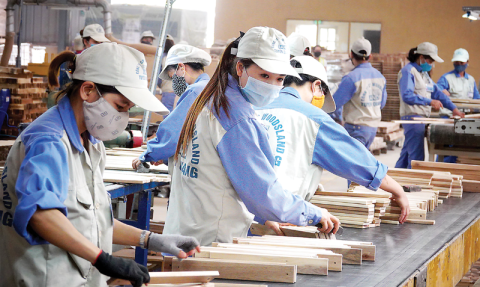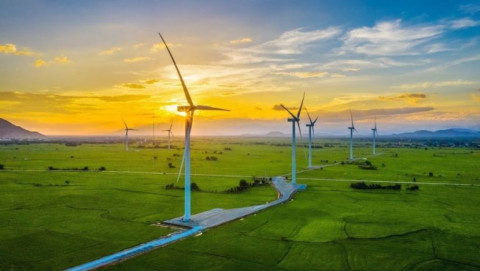"Rethinking the forest" to protect and enhance the multifunctional values of forests
- 12
- Socially Responsible Enterprise
- 11:12 22/10/2024
DNHN - In the face of climate change and natural disasters such as Typhoon Yagi, we must rethink our approach to forests, particularly in terms of protection, to fully harness their value...
"Faced with climate change and shocks like Typhoon Yagi (Typhoon No. 3), we must rethink our approach to forests and forest protection," said Minister Lê Minh Hoan of the Ministry of Agriculture and Rural Development (MARD) at the conference announcing Decision No. 895 by the Prime Minister on the National Forestry Planning for 2021-2030, with a vision to 2050. This plan, organized by MARD on October 9, brings to mind the urgent need to address the severe impact of climate change globally, illustrated recently by Typhoon Yagi's devastation of forests in Quảng Ninh, Hải Phòng, and other northern provinces.
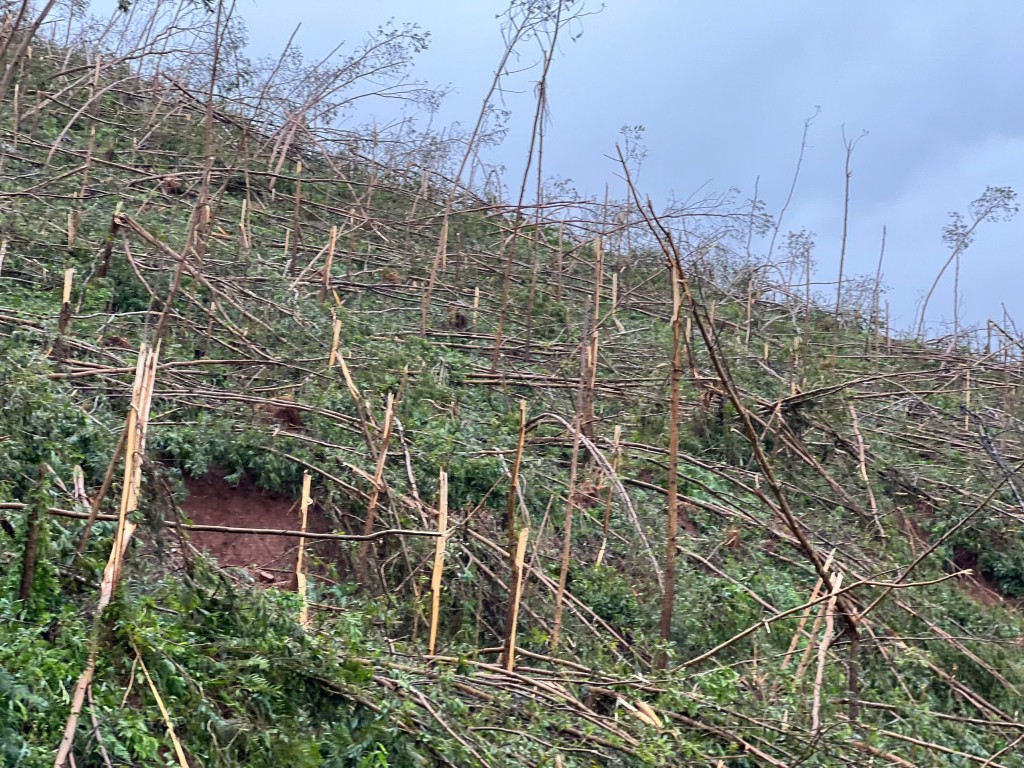
Diverse values of forests
After Typhoon Yagi, approximately 117,000 hectares of forest in Quảng Ninh were damaged, representing about 30% of the province's forest area. Half of this was plantation forest, leaving behind 6 million tons of highly flammable debris.
The damage to Quảng Ninh's forestry sector is estimated at over 6.4 trillion VND (26% of the province's total storm-related losses), affecting 22,000 households involved in land and forest management, including those contracted for plantation projects.
Minister Lê Minh Hoan emphasized that behind forestry planning lies human and community values, not just statistics on protective and production forests. A management mindset is needed to attract investment into forestry.
Forests have multiple uses, from forestry to agriculture, carbon sequestration, environmental protection, tourism, and medicinal plants under the canopy. Instead of relying solely on timber, localities should adopt flexible strategies to maximize the multifunctional benefits of forests.
He urged local authorities to review this forestry plan to integrate it into their socio-economic planning, with mechanisms and policies to support forestry development. The Forestry Department is also studying technologies for cultivating forests with multi-layered and multi-canopy structures.
Minister Hoan further noted that authorities must weigh decisions carefully when considering forest conversion for economic development. "Faced with climate change and natural disasters like Typhoon Yagi, we must rethink our approach to forests and forest protection. With scientific and technological advancements, we need to integrate these foundations to make forest management more efficient, reducing the burden on forest rangers while maintaining effective protection", he said.
According to the Forestry Department, the national forestry plan aims to maintain forest cover at a stable rate of 42-43%, with a focus on enhancing forest quality, particularly natural forests. By 2025, income from production plantations per unit area is expected to increase by 1.5 times, and by 2030, double compared to 2020. Revenues from forest environmental services are projected to grow by an average of 5% per year, generating around 3.5 trillion VND annually between 2021-2025, and 4 trillion VND per year from 2026-2030.
The plan also targets a total of 2.45 million hectares of special-use forests, 5.2 million hectares of protective forests, and 8.16 million hectares of production forests, with a total forested area of approximately 14.7 million hectares.
Regarding forest environmental services, the plan continues to implement existing services and explore expanding new types, including carbon sequestration and storage, ecotourism, recreation, and aquaculture…
Only 0.25% of Vietnam's original primary forests remain
Despite a forest cover of 42% with 14.6 million hectares in 2019, only 0.25% of Vietnam's original primary forests remain. This data, shared by Mr. Oemar Idoe, head of environmental, climate change, and agricultural integration projects at GIZ (German Development Cooperation), was presented at the 2020 national conference on the management of special-use and protective forests in Đà Lạt, Lâm Đồng.
According to studies, Vietnam loses around 2,500 hectares of forest annually, totaling an additional 10,000 hectares lost over the past four years—a shocking figure.
The 2020 Forestry Department statistics indicate approximately 4.64 million hectares of protective forests nationwide, with 3.95 million hectares being natural forests and 0.69 million hectares being plantations. While the total area of natural protective forests decreased from 4.3 million hectares in 2010 to 3.95 million hectares in 2019, plantation protective forests increased slightly from 0.61 million hectares to 0.69 million hectares over the same period.
Comparing plantation and natural forests, while they may offer the same coverage, the quality of plantation forests is less than half that of natural forests, impacting their protective capacity.
With dense, interwoven root systems, old forests offer high protective quality, but reduced tree density and absence of large trees have significantly diminished the protective role of current forests.
Loss of forests has led to floods, landslides, and flash floods originating upstream rather than downstream. Recent catastrophic events in the headwaters of northern provinces confirm this assessment. On October 10, Quảng Nam Province declared an emergency over a crack on the top of a hill in Đắc Pre Commune, Nam Giang District, highlighting that deforestation contributes not only to flooding but also to landslides upstream.
Scientists note that barren land, covered only by grass and shrubs, allows 95% of rainwater to run off, with only 5% seeping into the soil. This surface runoff, known as flash floods, was clearly observed during and after Typhoon Yagi, as many northern provinces experienced severe flash floods and landslides, resulting in tragic loss of life. While there are multiple causes for these disasters, deforestation is the main culprit, and even new plantations have not been sufficient to maintain soil stability.
We are continuing to pay a high price for the rate of natural deforestation we see today.
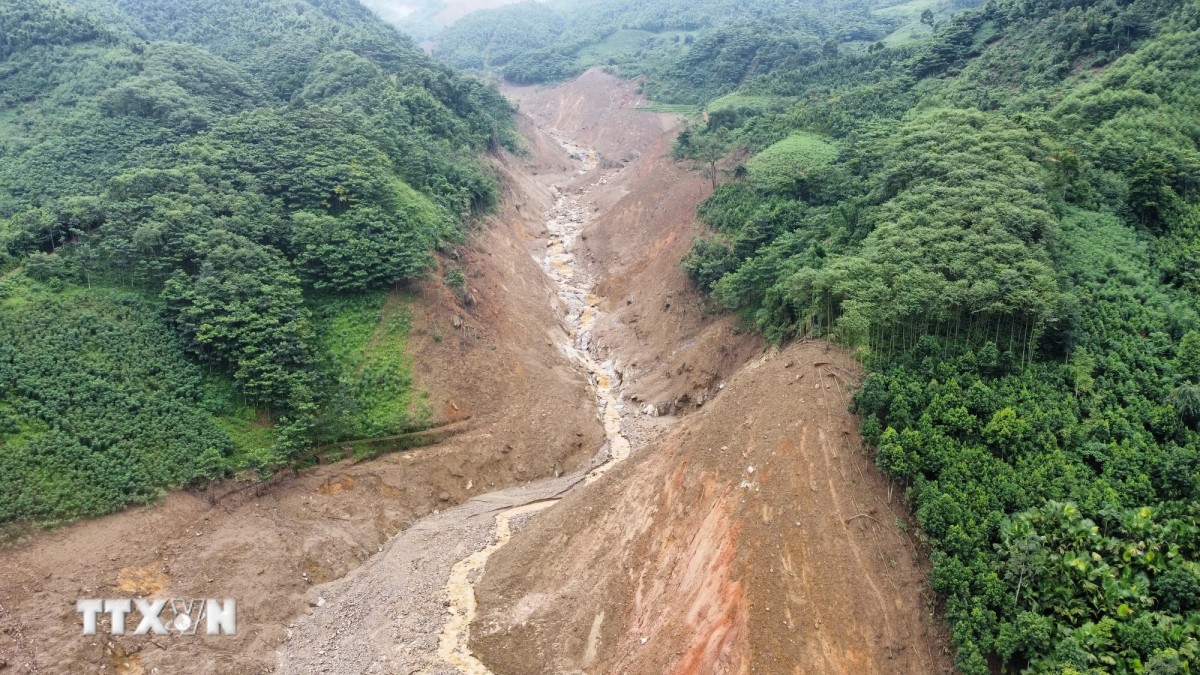
Research on forests has shown that natural forests absorb 90% of rainfall, preventing surface runoff. A typical rainstorm lasting 1-2 hours with about 100mm of rainfall would not cause surface flooding, as the water seeps into the soil, replenishing groundwater and mitigating the risk of flash floods. Experts stress that preserving 1 hectare of natural forest is more valuable than developing 5-10 hectares of plantation.
While the world is striving to protect natural forests, we are cutting down our own for economic development. Despite their depletion, natural forests still offer much greater biodiversity than plantations. The fact that Vietnam has only 0.25% of its primary forests remaining is alarming. Some nations have just 30-35% forest coverage but are extremely stable because they have solidly planned forest zones to maintain natural balance.
Loss of natural forests poses significant ecological and environmental concerns, which are challenging to recover from. Therefore, any economic project involving natural forest land must be carefully considered. The notion of "depleted" or "impoverished" natural forests still holds more value than new plantations.
Lessons from projects like the Đắk Đoa golf course (Đak Đoa District, Gia Lai Province), invested by FLC Group, remain relevant. The project spanned 174.01 hectares, with 155.93 hectares of production forest converted for its implementation. The province sold nearly 60,000 pine trees to FLC Group for 18.9 billion VND, averaging 300,000 VND per tree, significantly below market value at the time. Nearly 2,300 pine trees were relocated, but over 2,000 died. The rest dried up or failed to recover. The project led to the dismissal of 1 Chairman and 2 Vice Chairmen of Gia Lai Province and disciplinary action against numerous other officials.
According to State Audit data on the management and use of the Forest Protection and Development Fund from 2020-2022, forest area has decreased by 34,346.95 hectares due to land conversion for other uses, with over 3,243 hectares in 33 provinces yet to be replaced by new plantations.
Many other similar projects continue to devastate natural forests.
Developing the carbon market from forests
Once natural forests are lost, they are difficult to restore. Forestry experts suggest that replacing deforested areas with new plantations, while theoretically sound, raises many practical issues. Additionally, it takes 50-70 years for a plantation to mature into a forest.
This is why caution is essential when converting forest land for other purposes.
Forests play a vital role in the socio-economic and national security landscape, impacting the country's overall development. The decline in both the quality and quantity of Vietnam's natural forests is a concerning reality.
Recognizing these challenges, the Government, agencies, and various environmental organizations have launched numerous initiatives to protect and restore forests. The most notable is the "1 Billion Trees" project for 2021-2025.
The project aims to plant an average of 204.5 million trees annually from 2022-2025, with 142.5 million distributed in urban and rural areas, representing a 1.8-fold increase from 2020. The 1 Billion Trees initiative (690 million scattered trees in urban and rural areas, 310 million in protective and special-use forests, and new production plantations) serves as a crucial foundation for Vietnam's sustainable development, offering both environmental and economic benefits.
With 180,000 hectares of concentrated plantations, including 150,000 hectares of production forests, the project is expected to produce approximately 15 million cubic meters of timber and fuelwood, in addition to absorbing an estimated 9 million tons of CO2 equivalent, valued at around 4.5 million USD.
This approach represents the right direction given the severe loss of natural forests in Vietnam.
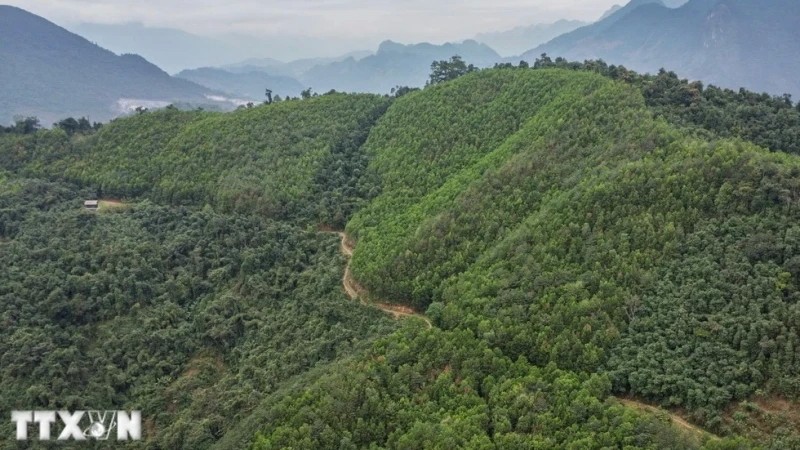
According to scientists' calculations, if Vietnam sells carbon credits from forests, this economic resource could provide greater value than utilizing forests for other purposes. If we do not reassess our policies, using forest land for economic activities will only bring short-term benefits, while in the long term, it encroaches on the interests of future generations, and we will have to pay the price.
This is also a way of rethinking forests in the era of greening both industry and agriculture, as is the current trend.
Carbon credits offer a potential income stream. Preserving forests helps combat climate change, protecting long-term benefits such as biodiversity. Therefore, we need to rethink our approach to forests, leaning towards forest economy development instead of deforestation for economic gain.
"Rethink and protect forests," emphasized Minister Lê Minh Hoan, advising localities to carefully weigh their decisions when converting forests for socio-economic development. Such actions involve trade-offs that may seem profitable today but could lead to paying a steep price in 5-10 years.
Vinh Hy
Related news
#environmental protection
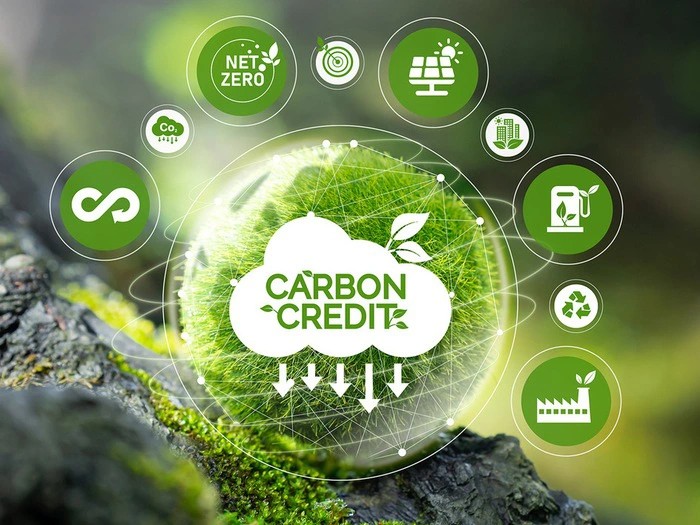
Reducing greenhouse gas emissions and carbon market development to fulfill COP 26 commitments
Vietnam aims to reduce greenhouse gas (GHG) emissions and develop a carbon market, aligning with its COP 26 commitments. This requires close coordination and comprehensive solutions from all sectors and communities.

What can be learned from VinFast's success after becoming the best-selling car brand in Vietnam?
VinFast's market-leading sales in Vietnam in September marked a major turning point, as a domestic electric vehicle brand outpaced international competitors.
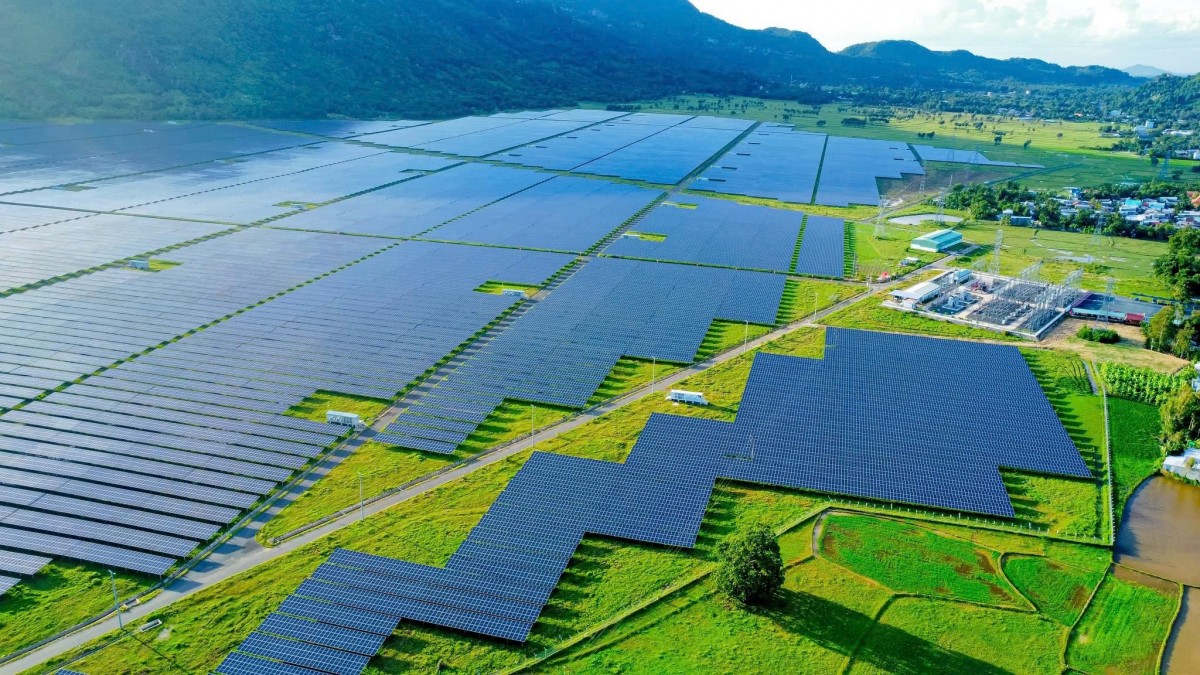
Nurturing life for the future with clean energy
Vietnam has just endured Typhoon No. 3, leaving behind a trail of destruction and loss that makes us all feel small against Mother Nature. It is time for a change, time to nurture and protect our living environment.
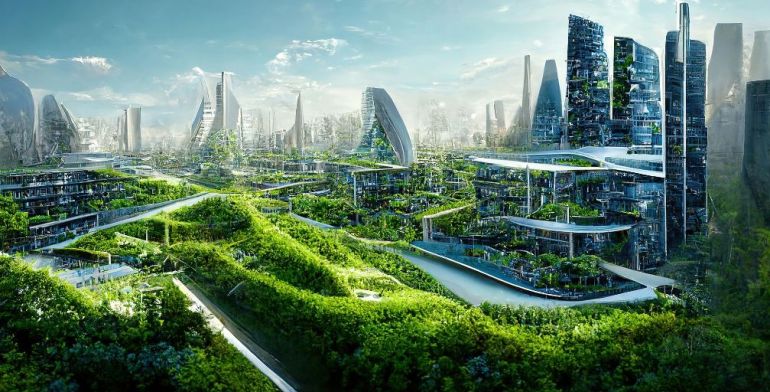
Practical applications of carbon credits in the economy. Part XXI:Carboncor Asphalt - An effective solution for Vietnam to achieve net zero emissions
Vietnam is actively implementing green construction solutions to achieve the goal of net zero emissions by 2050. These solutions reduce greenhouse gas emissions and support sustainable development in the construction industry.
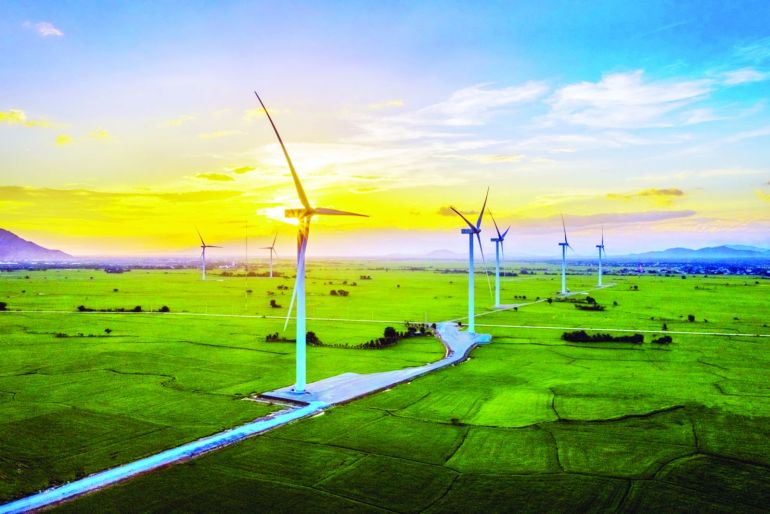
Practical applications of carbon credits in the economy. Part XI: Bridging policy and strategy for the carbon credit market
To develop the carbon credit market, the Government and businesses must improve cooperation and communication. The Government needs to provide clear policies, while businesses must adopt emission reduction strategies and leverage carbon credits.

Yen Bai: Implementing the plan to manage and eliminate ozone-depleting substances and greenhouse gases
The People's Committee of Yen Bai province has just issued document No. 3005/UBND-TNMT on the implementation of the National Plan for the management and elimination of ozone-depleting substances and controlled greenhouse gases.
Đọc thêm Socially Responsible Enterprise
When artists do business – livelihood is no poetry!
A series of indictments, arrests, and bankruptcies among artists has sounded a serious alarm.
Hanoi’s economy grows 7.92% in first nine months of 2025, FDI surges nearly threefold
Hanoi maintained robust growth momentum in the first nine months of 2025 with GRDP up 7.92% year-on-year, driven by strong services and construction sectors.
Vietnam’s strong gdp growth fails to ease labor market distress
As the year draws to a close, the pressing challenge for businesses and policymakers is how to rebuild worker morale, retain top talent, and stabilize employment amid lingering uncertainty.
Vietnam ramps up efforts to lift EU “Yellow Card” on Illegal fishing
Prime Minister Pham Minh Chinh has called for intensified and coordinated efforts to have the European Commission’s “yellow card” on Vietnam’s fisheries removed within this year.
Quang Tri calls for investment in wind power plant project worth over VND 1,100 billion
The People’s Committee of Quang Tri Province has officially announced the Hưng Bắc Wind Power Plant Project as part of its investment invitation portfolio.
Hanoi receives two million visitors during the four-day National Day holidays
From August 30 to September 2, Hanoi received around 2.08 million visitors during the four-day National Day holidays , three times higher than the figure in the same period last year, the municipal Department of Tourism reported.
Ca Mau gradually makes its mark on the national tourism map
By 2025, Ca Mau aims to attract 8.4 million visitors and achieve a total revenue exceeding 8,585 billion VND, contributing to the province's double-digit growth target.
UNDP Resident Representative hails Vietnam as an emerging economic powerhouse
Millions of people have been lifted out of poverty, hunger has been eliminated, and the economy has maintained consistent growth rates of over 6 per cent, UNDP Resident Representative in Vietnam Ramla Khalidi remarks.
Alpha Books Chairman Nguyen Canh Binh: The survival weapons of Vietnamese entrepreneurs in the age of AI.
Alpha Books Chairman Nguyen Canh Binh shares three essential lessons to ensure the survival and growth of Vietnamese entrepreneurs in the digital age: creativity, connection, and collective intelligence.
Mr. Le Viet Thang, CEO of 1Office: "Don’t use old solutions for new ai challenges"
As artificial intelligence (AI) reshapes the global technology landscape, Vietnam is taking decisive steps to establish a National AI Research and Development Center, alongside the National Data Center.




